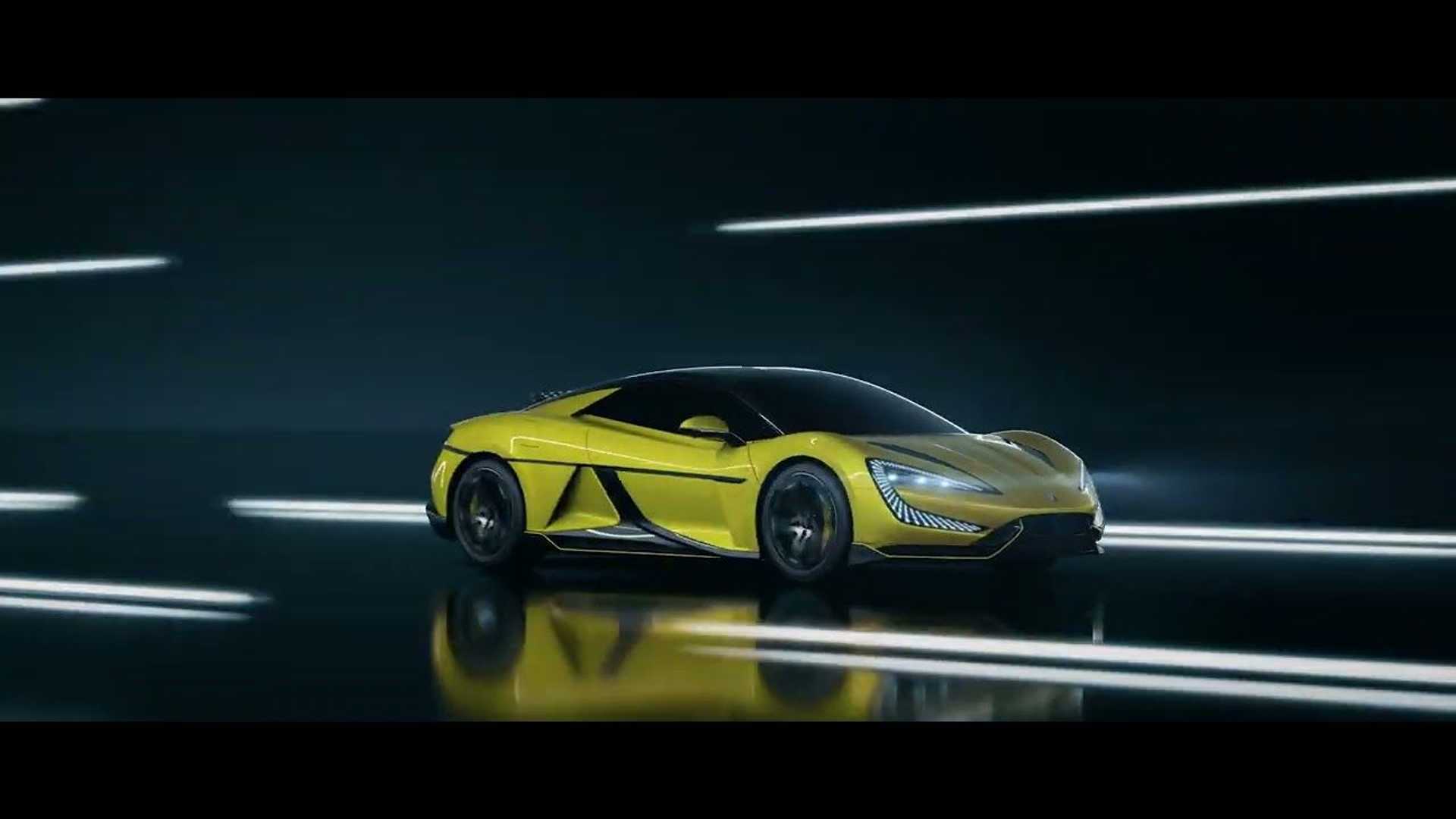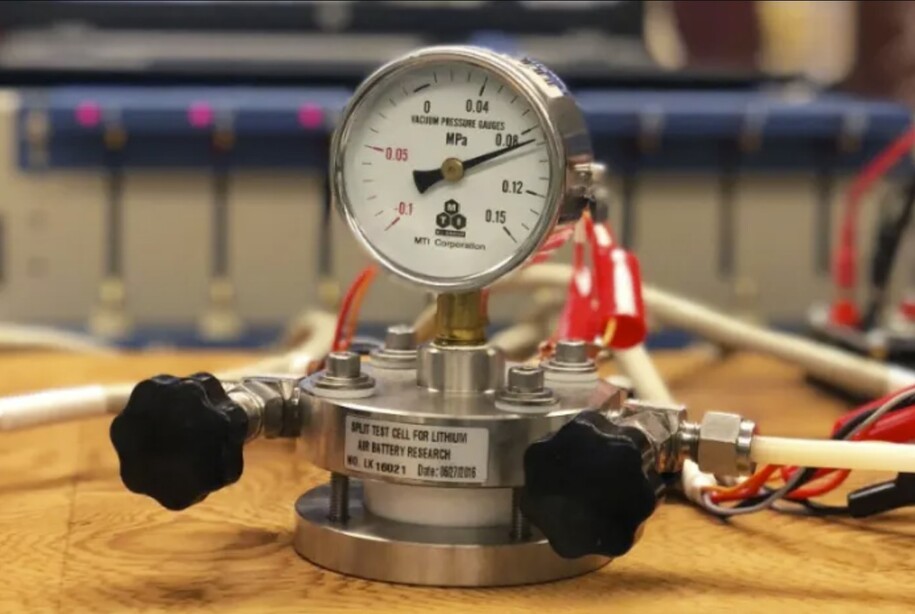DIY-HP-LED
Well-Known Member

It’ll Cost Us $18K to Power a House With Our Ford F-150 Lightning
The trials and tribulations of getting Ford’s Charge Station Pro bidirectional home charger to provide backup power.

read://https_www.reuters.com/?url=https%3A%2F%2Fwww.reuters.com%2Fmarkets%2Fcommodities%2Fnorway-finds-substantial-mineral-resources-its-seabed-2023-01-27%2F
Norway finds 'substantial' mineral resources on its seabed
OSLO, Jan 27 (Reuters) - A Norwegian study has found a "substantial" amount of metals and minerals ranging from copper to rare earth metals on the seabed of its extended continental shelf, authorities said on Friday in their first official estimates.
The Nordic country, a major oil and gas exporter, is considering whether to open its offshore areas to deep-sea mining, a process that requires parliament's approval and has sparked environmental concerns.
"Of the metals found on the seabed in the study area, magnesium, niobium, cobalt and rare earth minerals are found on the European Commission's list of critical minerals," the Norwegian Petroleum Directorate (NPD), which conducted the study, said in a statement.
The resources estimate, covering remote areas in the Norwegian Sea and Greenland Sea, showed there were 38 million tonnes of copper, almost twice the volume mined globally each year, and 45 million tonnes of zinc accumulated in polymetallic sulphides.
The sulphides, or "black smokers", are found along the mid-ocean ridge, where magma from the Earth's mantle reaches the sea floor, at depths of around 3,000 metres (9,842 feet).
About 24 million tonnes of magnesium and 3.1 million tonnes of cobalt are estimated to be in manganese crusts grown on bedrock over millions of years, as well as 1.7 million tonnes of cerium, a rare earth metal used in alloys.
The manganese crusts are also estimated to contain other rare earth metals, such as neodymium, yttrium and dysprosium.
"Costly, rare minerals such as neodymium and dysprosium are extremely important for magnets in wind turbines and the engines in electric vehicles", the NPD said.
ENVIRONMENTAL IMPACT
Environmental groups have called on Norway to postpone its seabed mineral exploration until more studies are conducted to understand the organisms living on the seabed and the impact of mining on them.
There is "a great lack of knowledge" of deep oceans, where new and undiscovered species are potentially to be found, Norway's Institute of Marine Research said in a consultation letter.
The NPD said its estimates showed resources "in place", and further studies were needed to establish how much of those could be recovered with acceptable environmental impact.

that’s what I was thinking.Nice thing about mining under the sea is we can destroy another eco-system where nobody has to look at the mess.

Maybe, they could be long dead smokers where the life moved on to another energy source long ago as the sea floor spread apart, we will see. The Norwegians are generally pretty good at managing their environment. I'm not an expert, but collecting nodules from the seabed does not appear to be very environmentally destructive, if done properly. This appears to be another kind of deposit from what I can gather. All mining is destructive on some level and I don't think those rare earths will see as much demand as many forecast, in any case, we have little choice but to move into another technological future, one not dependent on burning things for energy.Nice thing about mining under the sea is we can destroy another eco-system where nobody has to look at the mess.

that’s what I was thinking.
First asteroid we smelt makes the whole thing obsolete.

I’m waiting for one to take a lawnmower to LarStink. I hate swarmsats.Just missed grabbing one as it went by yesterday. Closest by-pass ever recorded and was hoping it would take out a Russian spy satellite as it went by.10x closer than geosynchronous satellites so could have done. Only 2200 miles from the surface of the earth.

I’m waiting for one to take a lawnmower to LarStink. I hate swarmsats.

Maybe, they could be long dead smokers where the life moved on to another energy source long ago as the sea floor spread apart, we will see. The Norwegians are generally pretty good at managing their environment. I'm not an expert, but collecting nodules from the seabed does not appear to be very environmentally destructive, if done properly. This appears to be another kind of deposit from what I can gather. All mining is destructive on some level and I don't think those rare earths will see as much demand as many forecast, in any case, we have little choice but to move into another technological future, one not dependent on burning things for energy.


Even worse than LarStink is BlueWaffle 3.I had paid my deposit for Starlink and about a year later, (few months ago), got notice that mine was ready for delivery. I'd been reading about how all those new satellites were f'ing up the night skies for astronomers and decided that I wasn't going to support that so declined and amazingly got my deposit back in a few days.
There are a couple other companies planning to do the same thing so thank Jah for the new James Webb Space telescope that isn't bothered by all that.
Still don't have a decent option for high speed internet here so will fumble along with the wireless we do have.



 learningenglish.voanews.com
learningenglish.voanews.com
Study: Light Pollution Continues to Dim Stars
learningenglish.voanews.com

The moon is now a factor. Gotta look in the wee hours after moonset. In my big binos it is easily as big as the moon. Comet is close to Polaris next coupla days.One of the few nice things about living way up here is the mostly dark skies. Unfortunately I have a gas plant less than a km east of us that has a half dozen big hps lights on their site but stay on the west side of the house and you don't notice it when star gazing. The biggest problems with star gazing is it's too f'n cold half the year and during the warmer months the mosquitoes eat you alive.
At our cabin in BC we used to lie on the dock early in the evening and count satellites. Crystal clear skies and about 4000' above sea level with no other light than maybe a campfire a mile away on the other side of the lake. The old folks would be inside playing cards and drinking rum and cokes so we'd close all the curtains to block that light and if it was moonless you could till find your way to the biffy by starlight.
A want of mine is a remotely controlled telescope so I can sit here in the mancave and travel the universe on a screen inside. My 24" monitor just packed it in so time to whip out the VISA card and score me something worthy of such a scope.
If it clears up I want to get my cheapo telescope out there and spot that green comet going through. Can't take pics with it tho.




not rechargeable.You may not be seeing this in your EV anytime soon, but it is bound to make many in the industry standup on their hind legs and take notice! If it works, it would make electric aviation practical, at least the light and short haul airliners.

Practical lithium-air battery shows 3x the energy density of today's best electric-vehicle batteries
Electric vehicles are great, but there’s a lot of room for improvement in the batteries they use. Same goes for energy storage associated with renewables like solar and wind. Electric cars currently use lithum-ion batteries, because they have the best...www.dailykos.com
Practical lithium-air battery shows 3x the energy density of today's best electric-vehicle batteries
Electric vehicles are great, but there’s a lot of room for improvement in the batteries they use. Same goes for energy storage associated with renewables like solar and wind. Electric cars currently use lithum-ion batteries, because they have the best energy density (energy storage per weight) of any practical battery type we’ve got.
But there’s another type of battery on tap that threatens to upend this and change the whole landscape. It’s the lithium-air battery, which has been around in labs for a while, but it’s been beset with technical challenges. It’s worth the aggravation, though, because as you can see below, its attainable energy density would rival that of even a liquid fuel like gasoline:
View attachment 5256632
The article says it is, and it is based on an article in Science last week. Other than a minor error in formulation that was corrected in the comments, I didn't see anything wrong with it. They appear to have made a practical breakthrough in the separator and it is quite a departure from conventional approaches. They stressed the practical nature of the advances and in the current environment money won't be long in following, if qualified people think it's worth the bet. This one is a ways off, if at all, but it exemplifies the massive amount of work being done in the field now. The stakes are enormous, private and government money is flowing into R&D, that is why there is a lot of news. The reporting has also narrowed to the more pragmatic solutions, those likely to be in production, preproduction and breakthroughs that will make to production or enhance products already in production over the shorter term. Now that big money is involved performance is measured quarterly so there will be expectations!not rechargeable.
After reading the Wiki article on Li-air, it sounds like we will have steady-state fusion energy before arriving at a practical battery on this chemistry.The article says it is, and it is based on an article in Science last week. Other than a minor error in formulation that was corrected in the comments, I didn't see anything wrong with it. They appear to have made a practical breakthrough in the separator and it is quite a departure from conventional approaches. They stressed the practical nature of the advances and in the current environment money won't be long in following, if qualified people think it's worth the bet. This one is a ways off, if at all, but it exemplifies the massive amount of work being done in the field now. The stakes are enormous, private and government money is flowing into R&D, that is why there is a lot of news. The reporting has also narrowed to the more pragmatic solutions, those likely to be in production, preproduction and breakthroughs that will make to production or enhance products already in production over the shorter term. Now that big money is involved performance is measured quarterly so there will be expectations!
